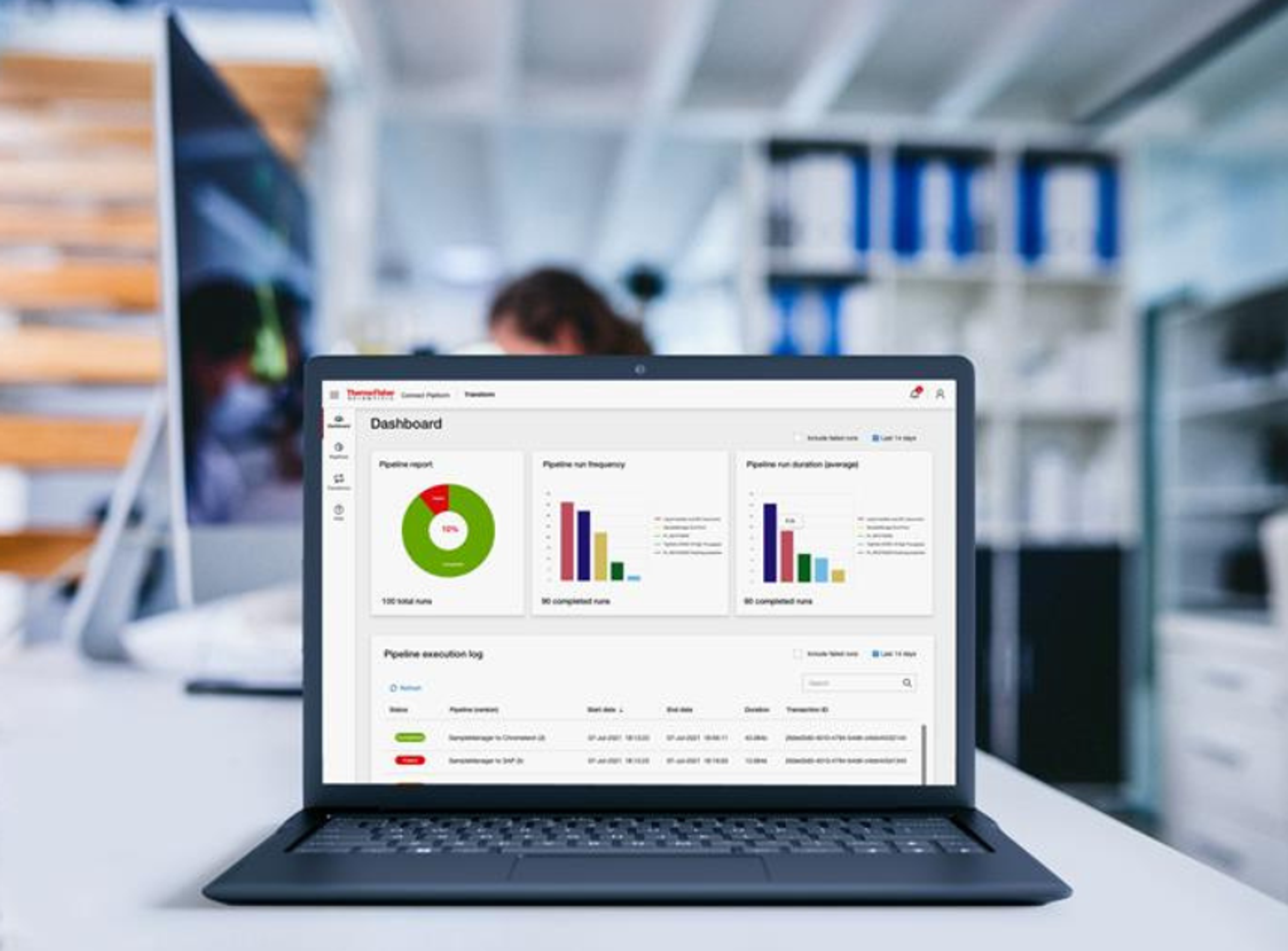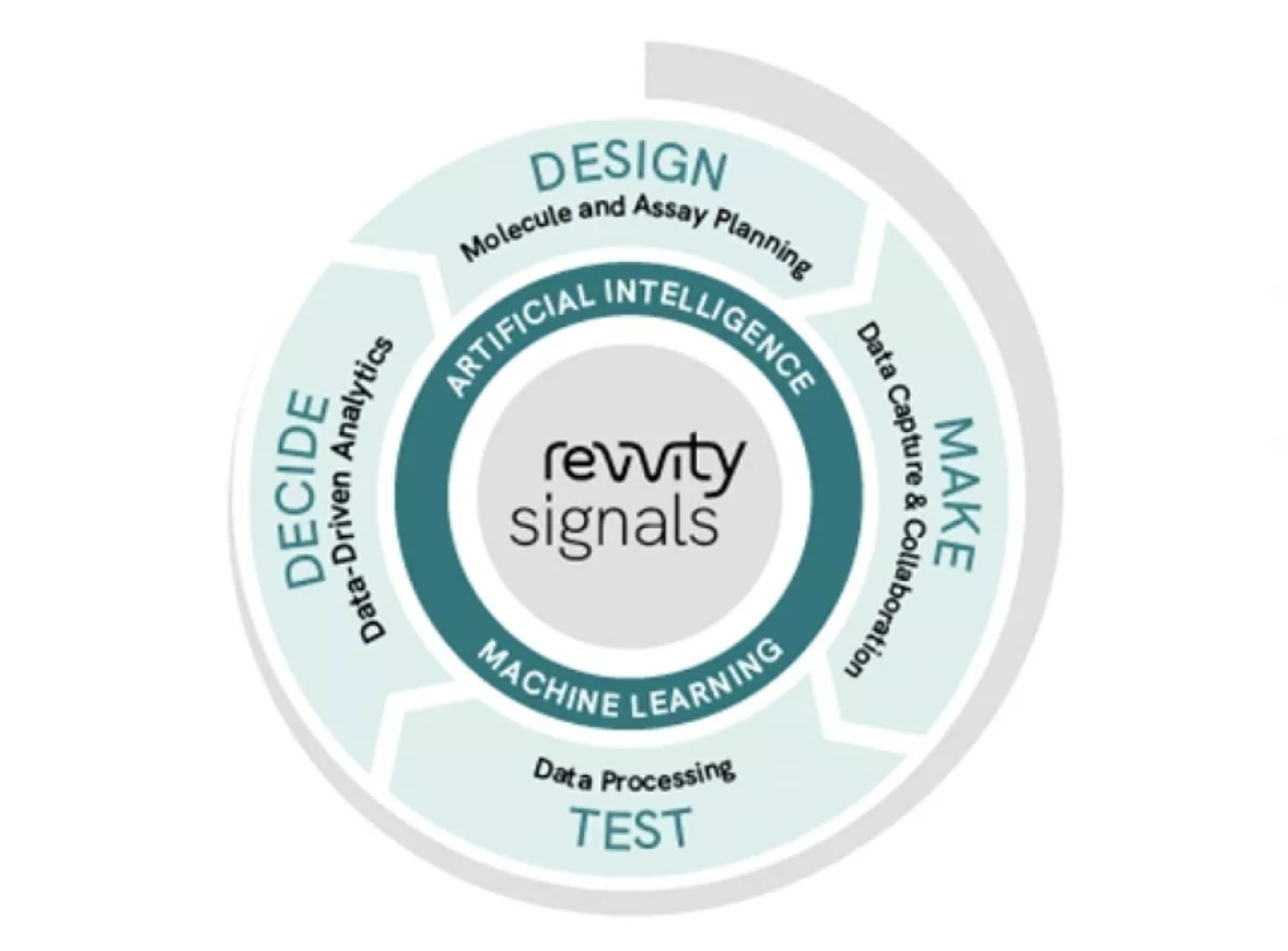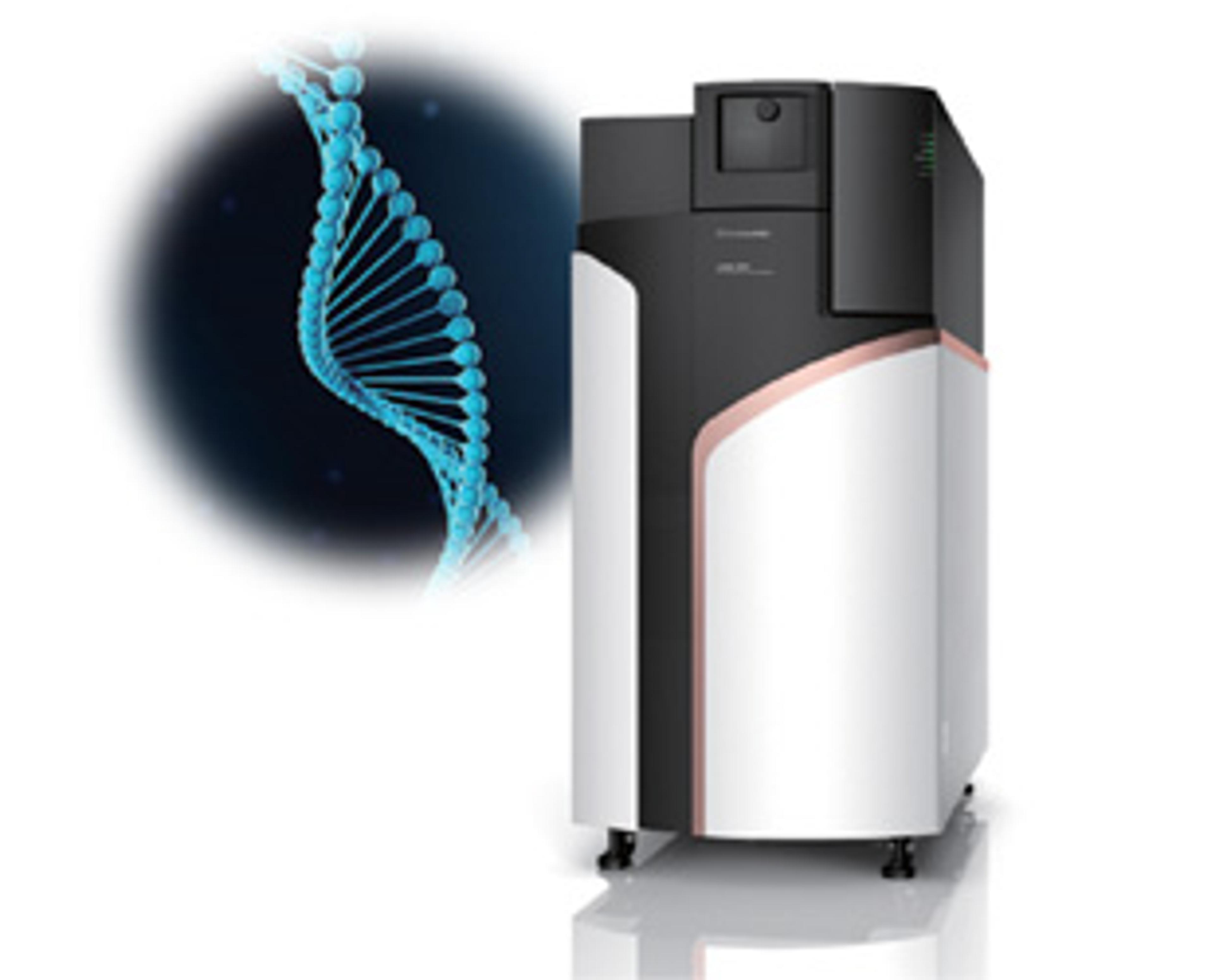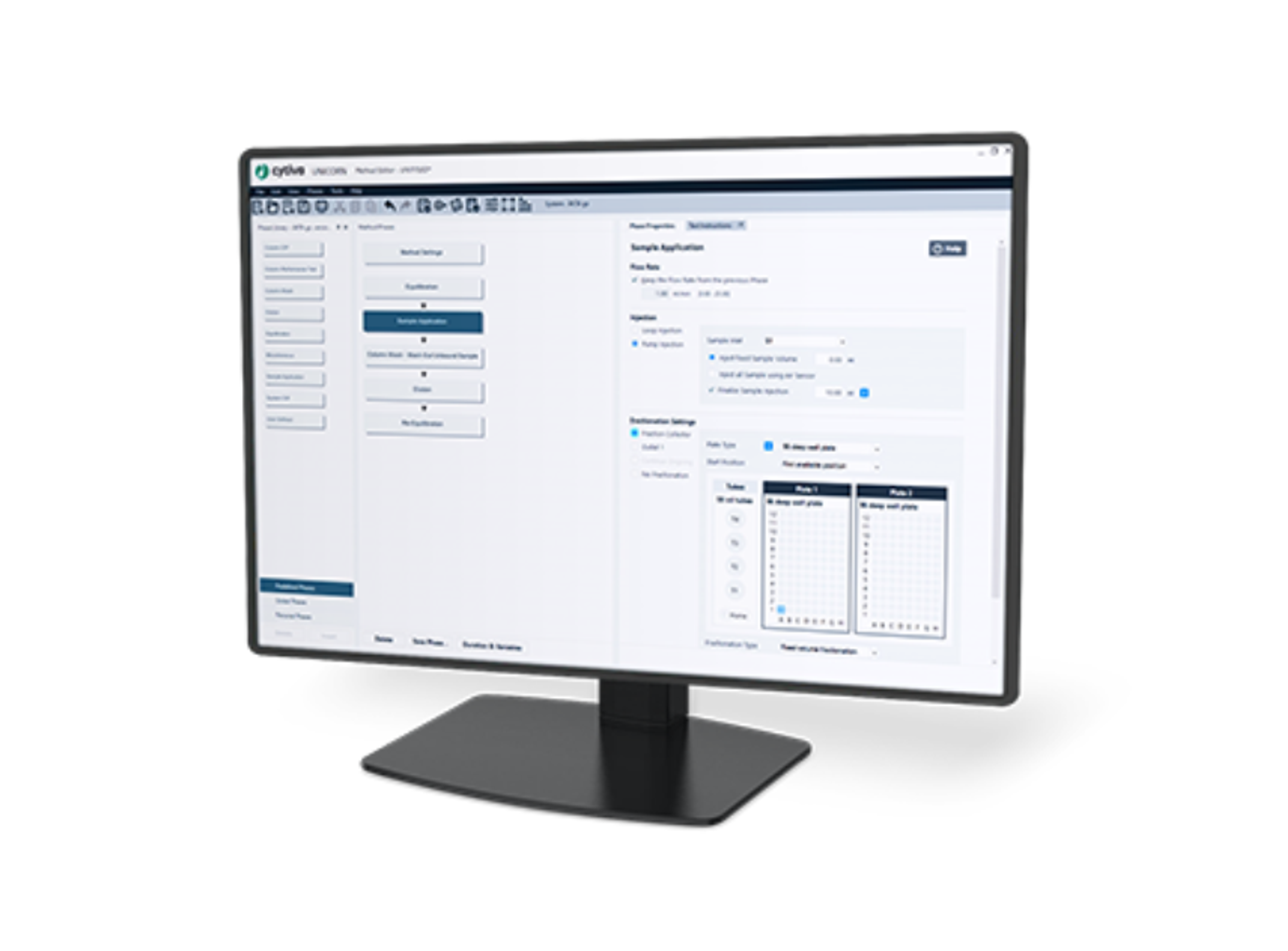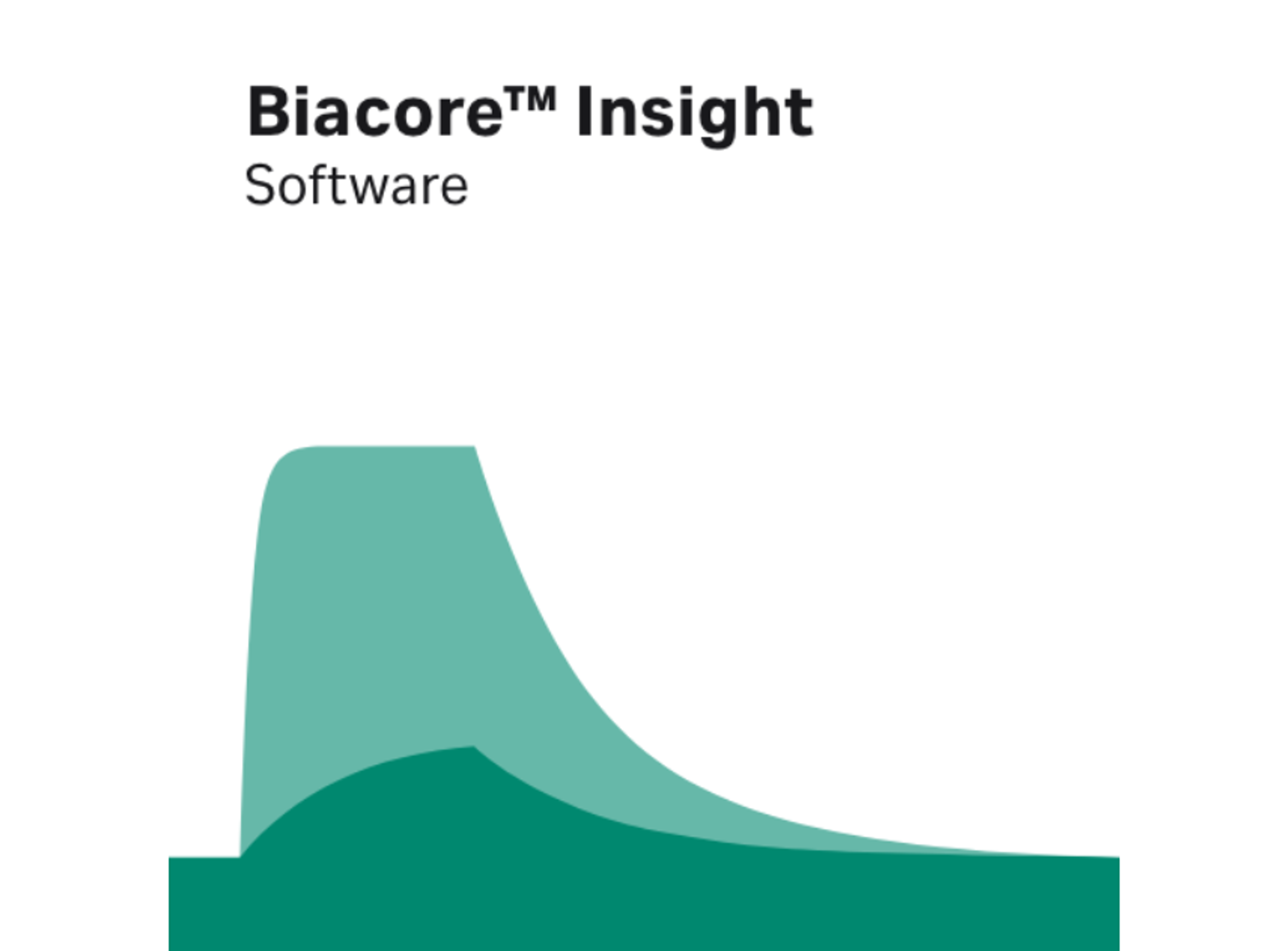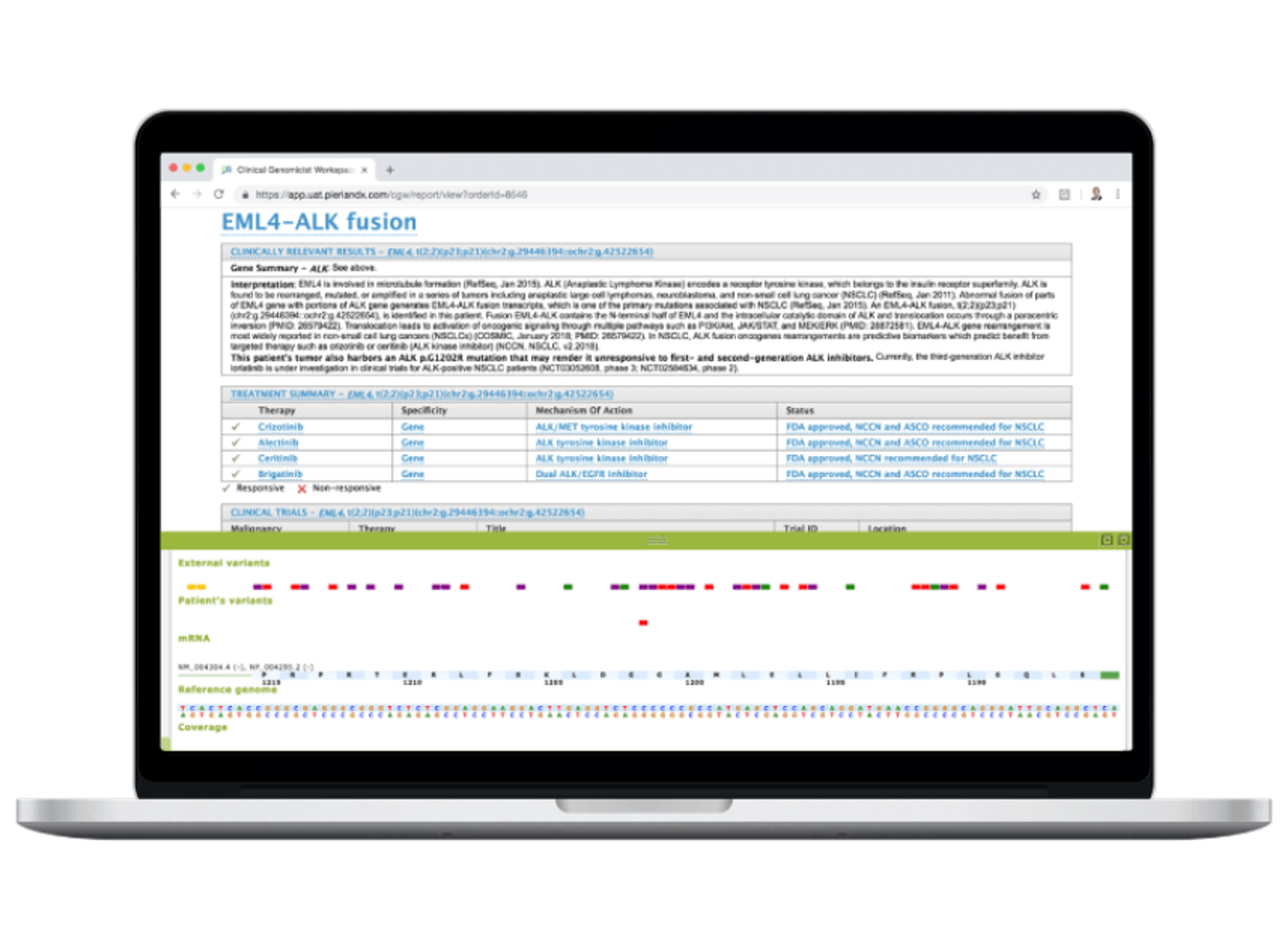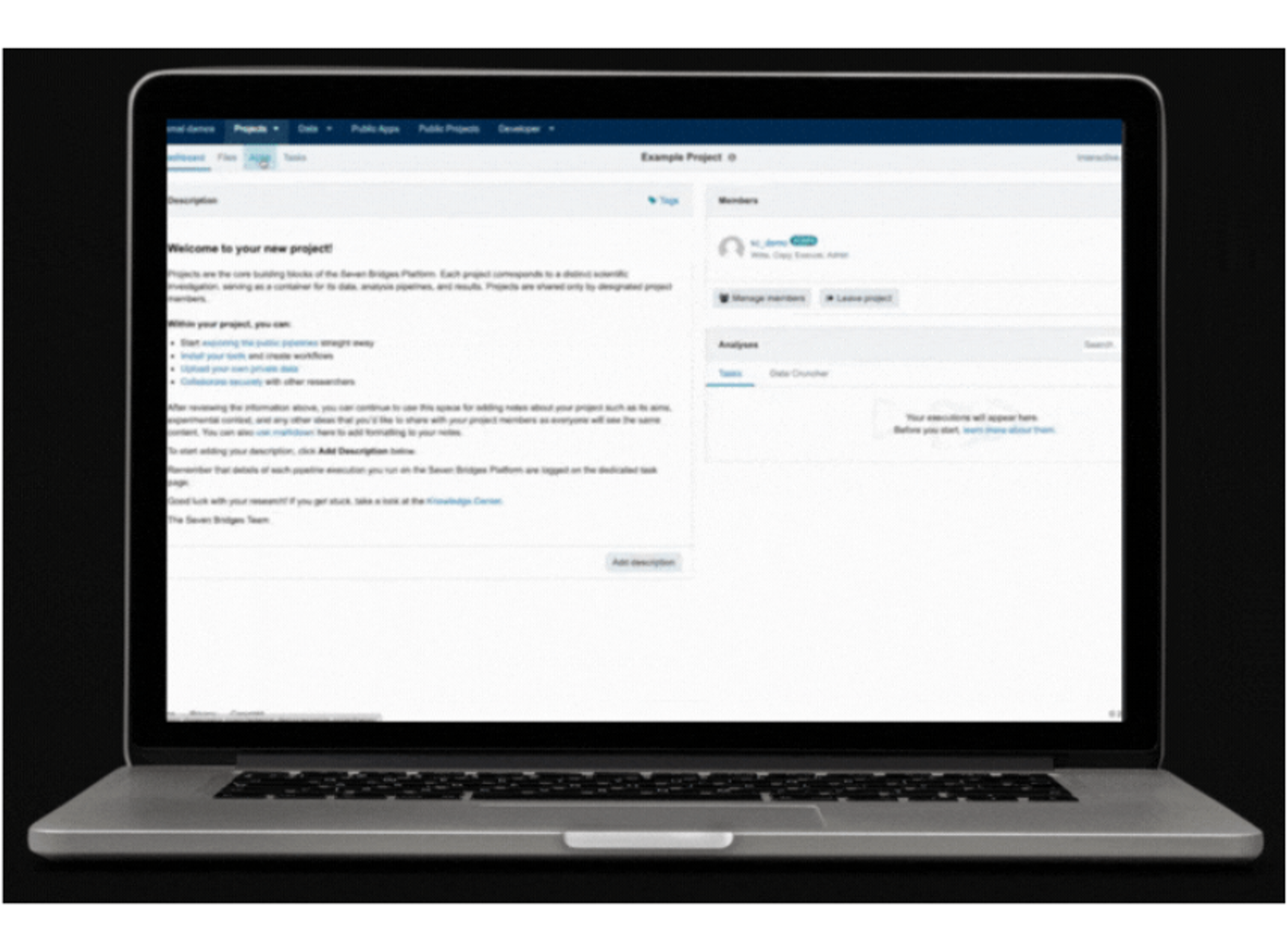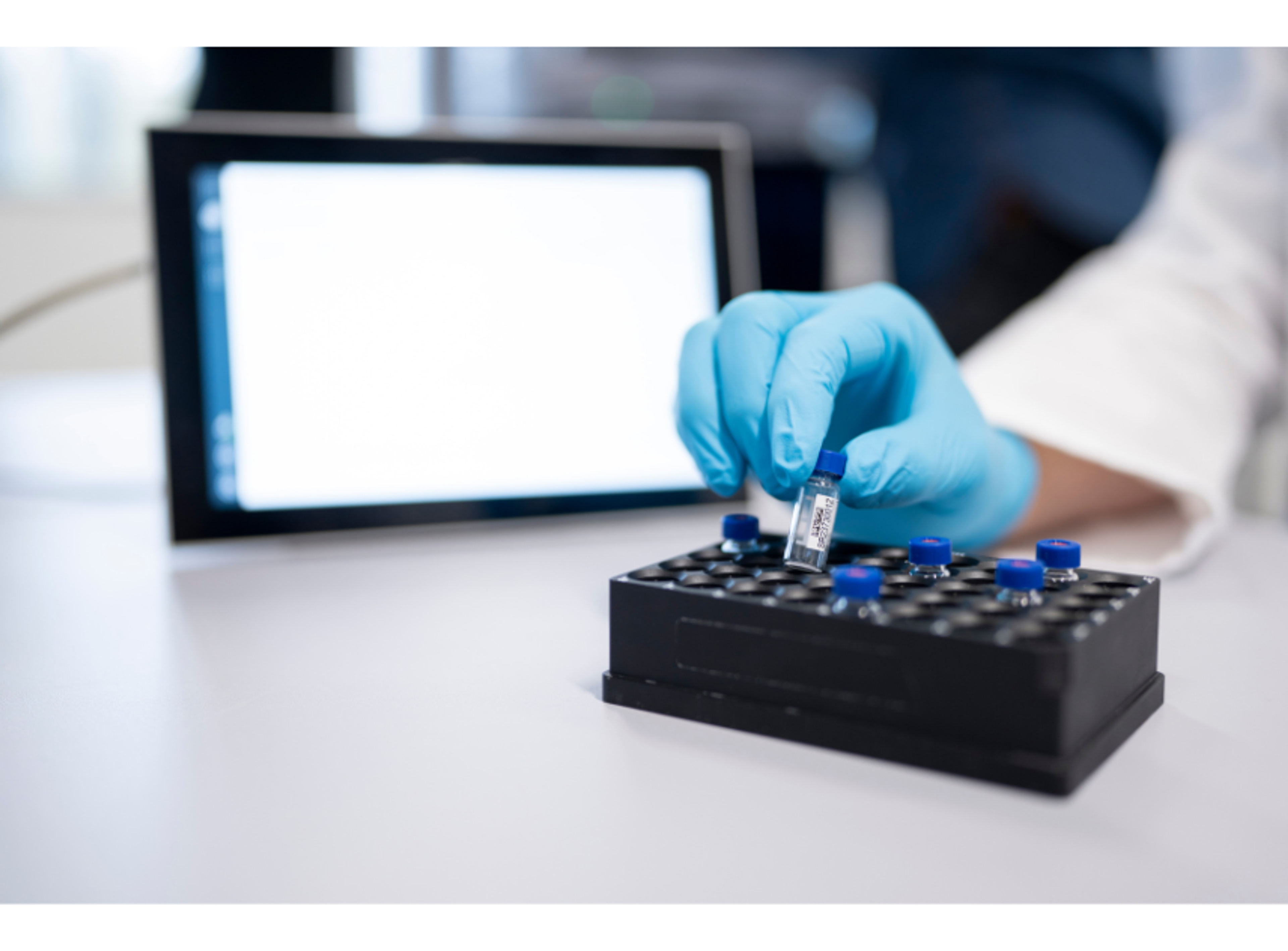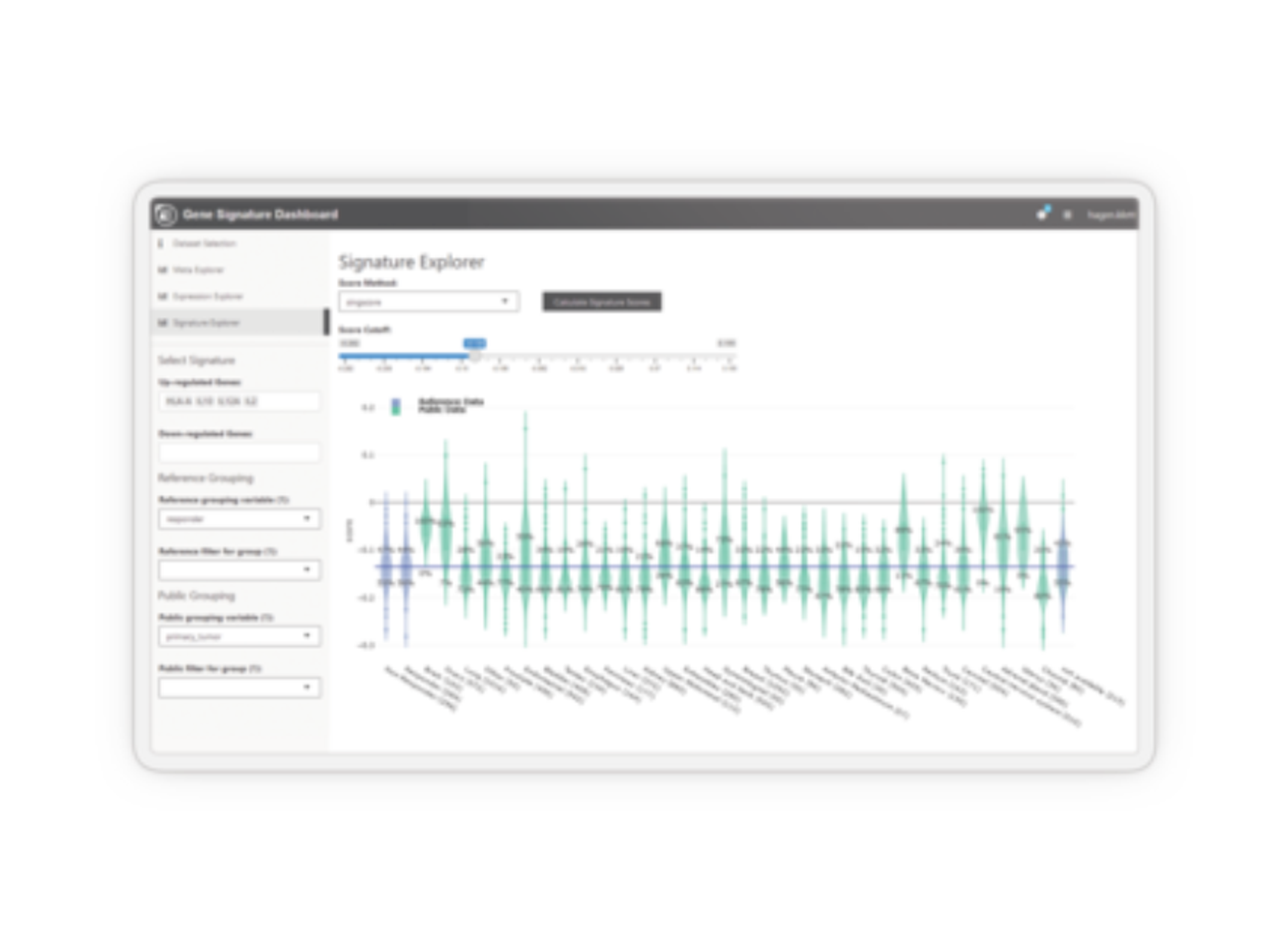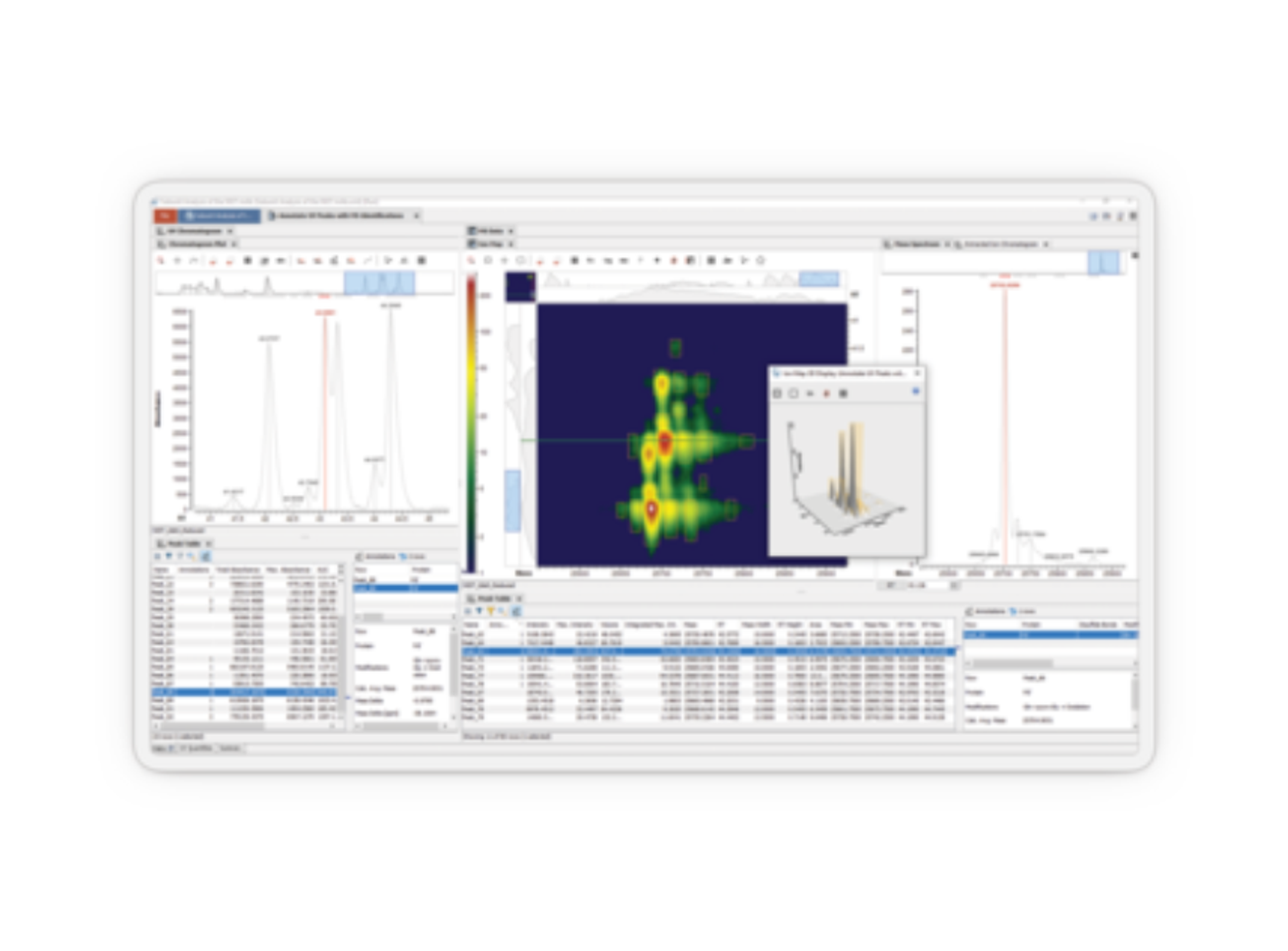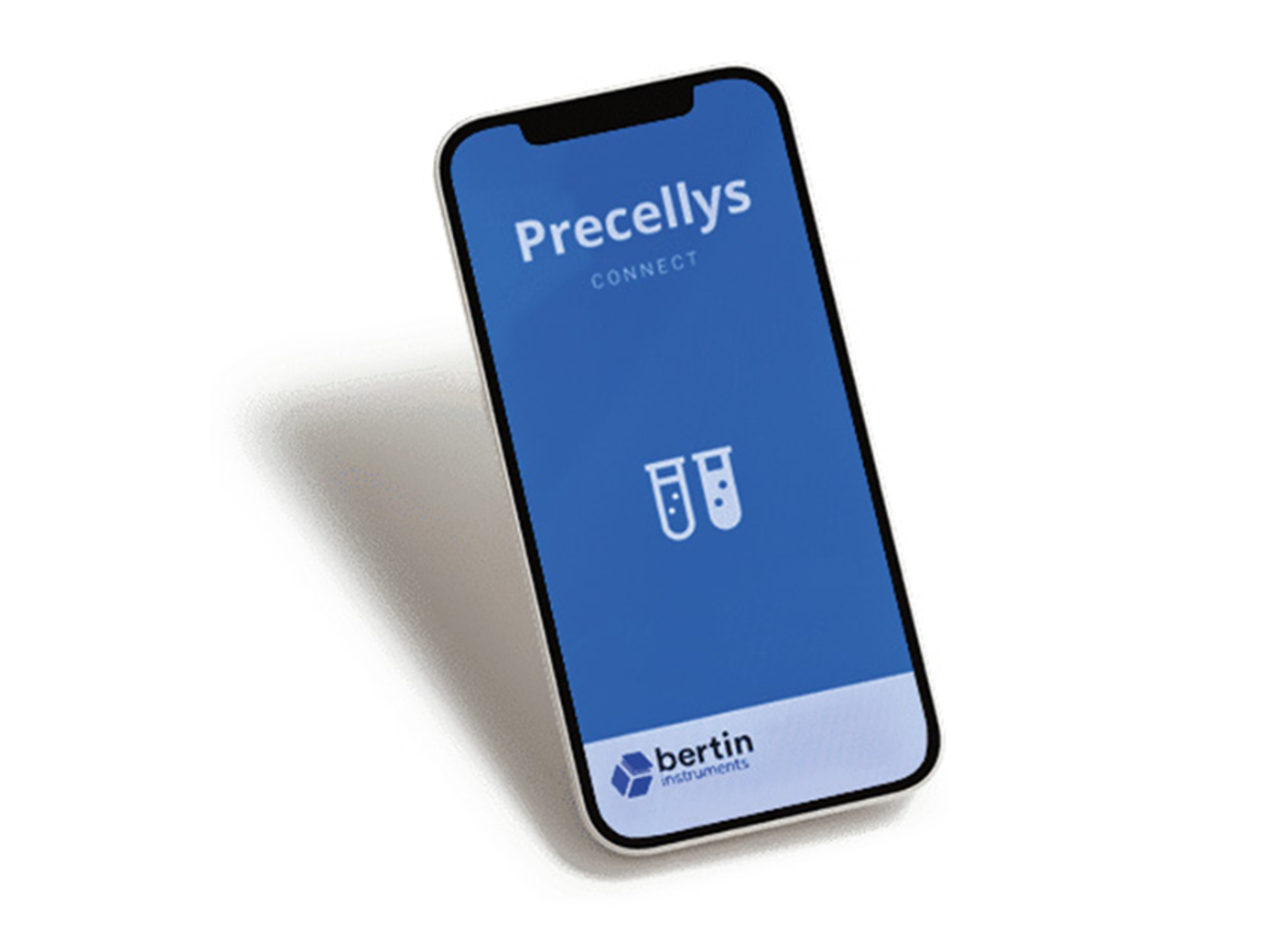CLC Bioinformatics Cell
High-performance ComputingWould you like to perform fast and precise database searches, using Smith-Waterman at the speed of BLAST? With a CLC Bioinformatics Cell you’re able to utilize the hidden computational powers in your computer or server. With the Cell you can speed up a Smith-Waterman search, previously taking two hours, to around one minute!The Cell includes the fastest Smith-Waterman implementation ever made on stand…
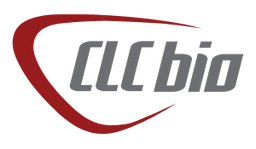
The supplier does not provide quotations for this product through SelectScience. You can search for similar products in our Product Directory.
High-performance Computing
Would you like to perform fast and precise database searches, using Smith-Waterman at the speed of BLAST? With a CLC Bioinformatics Cell you’re able to utilize the hidden computational powers in your computer or server. With the Cell you can speed up a Smith-Waterman search, previously taking two hours, to around one minute!The Cell includes the fastest Smith-Waterman implementation ever made on standard hardware - nucleotide searches are accelerated up to 110 times and protein searches are accelerated up to 50 times on new computers. The Cell thus removes the argument for using BLAST in situations where you search through data where you not only need some of the answers but all of the answers.
Integrated
The Cell is fully integrated with the most comprehensive bioinformatics desktop software applications in the market: CLC Gene Workbench, CLC Protein Workbench, and CLC Combined Workbench.
The Cell thus benefits from all the features of CLC bio’s workbenches such as the graphical user interface, the option of running multiple analyses in batch runs, the data storage opportunities, the graphical and tabular overview of the results, etc. Using high performance computing has never been easier or more effective.
Command-line execution is also an option. This means you have the option of integrating high-performance calculations in your existing bioinfomatics workflow of scripts and in-house programs.
Flexible
This innovative approach to hardware-accelerated bioinformatics provides flexibility in a variety of ways:
- Physical location: No need for a cooled server room or new expensive hardware to perform high performance computing. All you need is your computer.
- Operating system: As long as your computer has an Intel or AMD processor, the Cell works on both Windows, Linux, and Mac OS X operating systems.
- Software use: The Cell can be used as an integrated part of all CLC bio’s workbenches, or through a command line interface.
- Customization: With CLC Developer Kit, you can create your own workflows including the functionalities of the Cell.
Utilize the full power of your computer cluster
If you have a computer cluster, or if you have a computer with multiple CPUs or cores, the Cell provides you with a solution that accelerates your calculations proportionally with the number of Cell’s implemented. Thus, a computer cluster with 1 0 Cells will provide a speed-up factor of 0.
Smith Waterman searches – when you need ALL the answers
Finding homologue DNA, RNA, or protein sequences in a database can be done in many ways. Smith-Waterman based searches is the only method that identifies all true hits, but the algorithm is very slow when working on large datasets and most scientists therefore use the much faster BLAST search algorithm.
But the speed of BLAST comes on the expense of the quality. The sensitivity
of BLAST is in fact so low, that there is significant risk of missing important sequences of interest. Compared to Smith Waterman based searches, up to 50% of the search hits are thus not found using BLAST.
With the Cell, you can speed up a Smith-Waterman search previously taking
half a day to around 0 minutes, and the Cell thus removes the argument for using BLAST – at least in situations where you search through data where you not only need some of the answers but all of the answers.
The Cell includes the fastest Smith-Waterman implementation ever made on standard hardware – nucleotide searches are accelerated up to 11 0 times and protein searches are accelerated up to 45 times on most modern computers.
ClustalW alignments
ClustalW is one of the most used methods for doing multiple sequence alignments. When aligning
many sequences and when aligning long sequences, the speed of the algorithm is however not impressing.
As ClustalW is so widely used as it is, we have implemented a SIMD-version of it in the Cell, resulting in an acceleration of 4-5 times on most computers.





